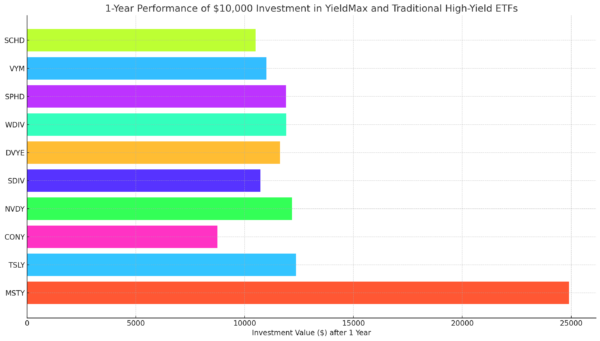An 8.8% Yield That Should Be Safe – Even Now
The outbreak and attempted containment of COVID-19 has upended the global economy as people hunker down in their homes and wait it out.
The disruption to business is unlike anything we’ve experienced before. As a result, many companies will cut their dividends, as they simply won’t have much or even any revenue in the coming weeks.
For some companies, it will be very difficult to assess whether they will be able to afford their dividends in the near future. Management teams are still figuring out what the landscape will look like for their businesses.
In many cases, they need to conserve cash. In those cases, the dividend will be in jeopardy or temporarily suspended. For unhealthy companies, the virus will be the excuse to cut.
But some companies will continue to pay their dividends throughout the crisis.
Enbridge (NYSE: ENB) should be one of those companies.
The Calgary-based company owns and operates pipelines in the U.S. and Canada. Two-thirds of Canada’s oil and 20% of the United States’ natural gas travel through Enbridge’s pipelines.
The slowdown will certainly impact the demand for oil and gas. That could lead to slower volumes of oil and gas going through Enbridge’s pipelines, which would impact the company’s revenue and cash flow.
Additionally, the crash in commodity prices may force oil and gas producers to renegotiate.
The most accurate measure of cash flow for pipeline companies, especially when it comes to dividend payments, is called cash available for distribution, or CAD.
Enbridge’s CAD has been steadily rising. It rose every year since 2016 from CA$3.71 billion to CA$9.22 billion last year. This year, the company is forecast to generate CA$9.42 billion.
Of course, this year’s forecast may come down, perhaps significantly.
But Enbridge has plenty of room before CAD drops below what the company pays shareholders.
Last year, Enbridge paid shareholders CA$6.36 billion in dividends for a payout ratio of 69%. A company’s payout ratio is the percentage of earnings or cash flow (I use cash flow) that it pays out in dividends.
This year, Enbridge’s payout ratio was expected to stay about the same.
 |
But even if CAD dropped by CA$2.5 billion, the company would still bring in enough cash to afford its dividend.
Enbridge has paid a dividend every year for 65 years. It has raised its dividend every year since 1996. I don’t suspect management is going to want to end that impressive streak.
The current quarterly dividend is CA$0.81 per share, or CA$3.24 per year. That comes out to $2.26 in U.S. dollars and equals an impressive 8.8% yield.
This year will have a lot of unknowns. Nothing is for certain anymore, but I expect Enbridge to continue to sustain and raise its dividend – even during a difficult 2020.
Dividend Safety Rating: A
 |
If you have a stock whose dividend safety you’d like me to analyze, leave the ticker symbol in the comments section.
About Marc Lichtenfeld
Marc Lichtenfeld is the Chief Income Strategist of Investment U’s publisher, The Oxford Club. He has more than three decades of experience in the market and a dedicated following of more than 500,000 investors.
After getting his start on the trading desk at Carlin Equities, he moved over to Avalon Research Group as a senior analyst. Over the years, Marc’s commentary has appeared in The Wall Street Journal, Barron’s and U.S. News & World Report, among other outlets. Prior to joining The Oxford Club, he was a senior columnist at Jim Cramer’s TheStreet. Today, he is a sought-after media guest who has appeared on CNBC, Fox Business and Yahoo Finance.
Marc shares his financial advice via The Oxford Club’s free daily e-letter called Wealthy Retirement and a monthly, income-focused newsletter called The Oxford Income Letter. He also runs four subscription-based trading services: Technical Pattern Profits, Penny Options Trader, Oxford Bond Advantage and Predictive Profits.
His first book, Get Rich with Dividends: A Proven System for Earning Double-Digit Returns, achieved bestseller status shortly after its release in 2012, and the second edition was named the 2018 Book of the Year by the Institute for Financial Literacy. It has been published in four languages. In early 2018, Marc released his second book, You Don’t Have to Drive an Uber in Retirement: How to Maintain Your Lifestyle without Getting a Job or Cutting Corners, which hit No. 1 on Amazon’s bestseller list. It was named the 2019 Book of the Year by the Institute for Financial Literacy.






